How Manchester Fixed Its Industrial Decline
- Youtube Views 540,925 VIDEO VIEWS
Video powered by Aviva Investors and narrated by Fred Mills. This article and video contain paid promotion for Aviva Investors.
MANY of our planet's most successful cities have grown and developed as industrial hubs, then continually reinvented themselves to survive.
But not all cities have kept pace, and some former industrial centres have struggled in recent years.
Manchester impressively bucks this trend. Emerging as a stronghold during the Industrial Revolution, the city has now reinvented itself into a major creative centre, attracting skills, talent and investment from around the world.
Poised to cement its status by evolving an entire district into a new technology and creative hub, the success of Manchester stands as a powerful example for countless other urban centres looking to reverse their declines.
This former industrial powerhouse has now become one of Europe's top creative capitals.
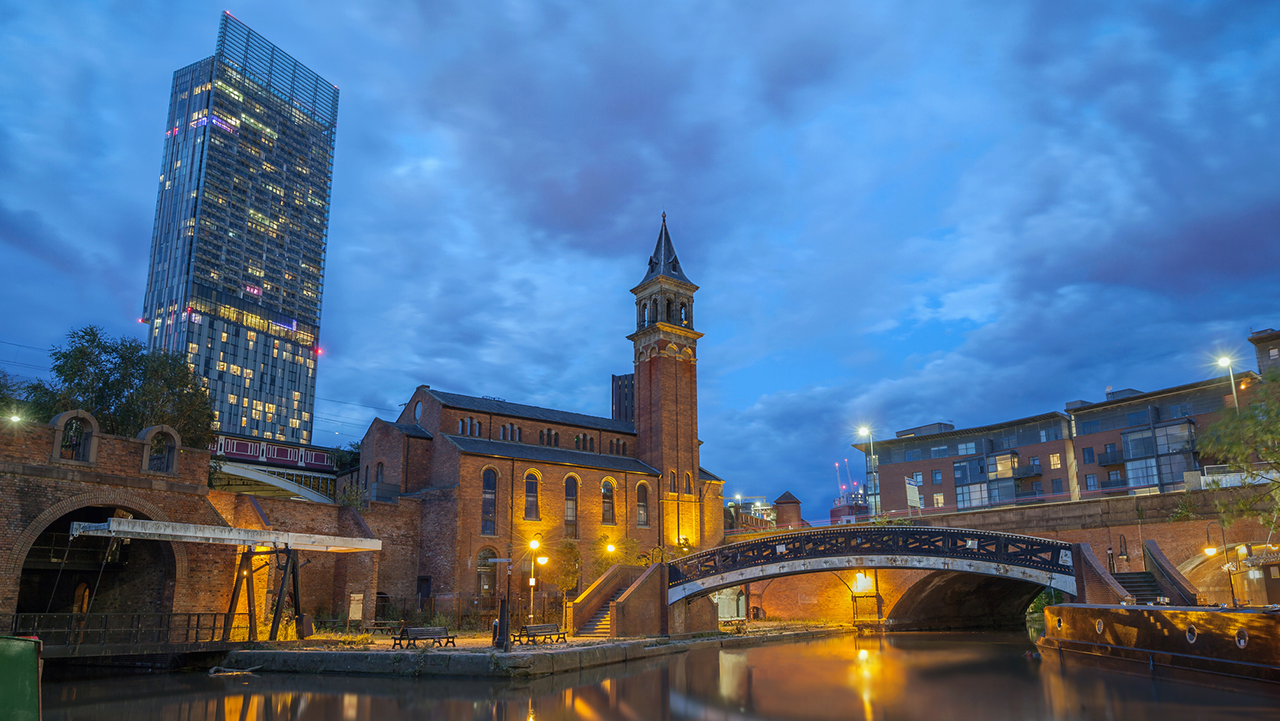
Above: Having come through difficult times, Manchester has arguably repositioned itself as the UK's second city.
Recent decades have been challenging for many of our former industrial heartlands.
In a time of rampant technological progress, mass mobility of talent and rising global competition, these once prosperous centres of trade have been forced to adapt - and many have struggled to do so.
Manchester was one of several UK cities to find itself in this position. Recognised as the world’s first truly industrialised urban area, it developed at the heart of the global cotton trade in the 19th century, moving from specialising in manufacturing and production to exporting finished goods.
“Manchester was at the heart of the Industrial Revolution. It happened to be a place of trade and commerce and production of textiles before the Industrial Revolution really took hold,” says Chris Urwin, director of research, real assets, at Aviva Investors.
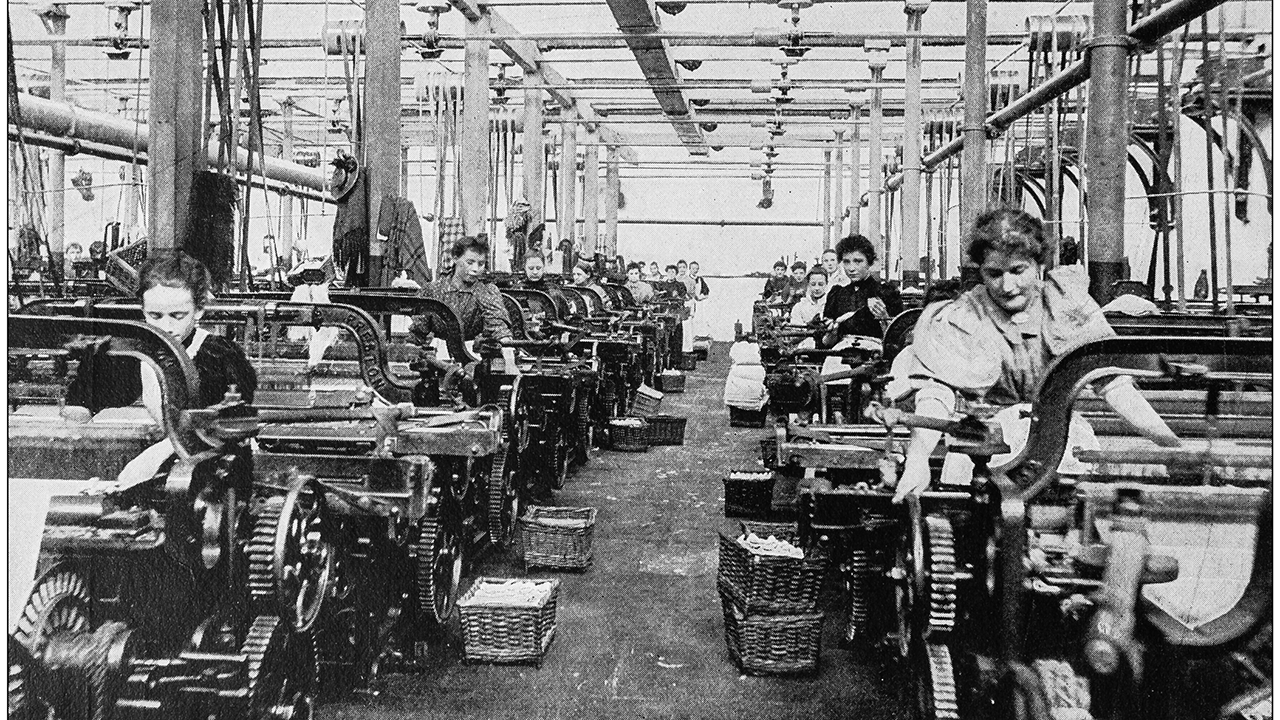
Above: During the 19th century, about a third of the world's cotton production was in Manchester or the towns immediately surrounding it.
However, the peak of what became known as ‘Cottonopolis’ was soon followed by a sharp decline, as demand for British cotton plummeted following the outbreak of the First World War.
The UK cotton industry collapsed in the mid 20th century as production ramped up in countries closer to where the raw material was grown.
Overall, employment declined by 22% between 1951 and 1981. Jobs in engineering and electrical goods almost halved, but textile industry jobs fell by a startling 86%. By the 1980s and ‘90s, this was a place in urgent need of change and a new direction.
Now, Manchester has risen once again. The city has prospered since refocusing onto the technology and creative sectors in the early 2000s.
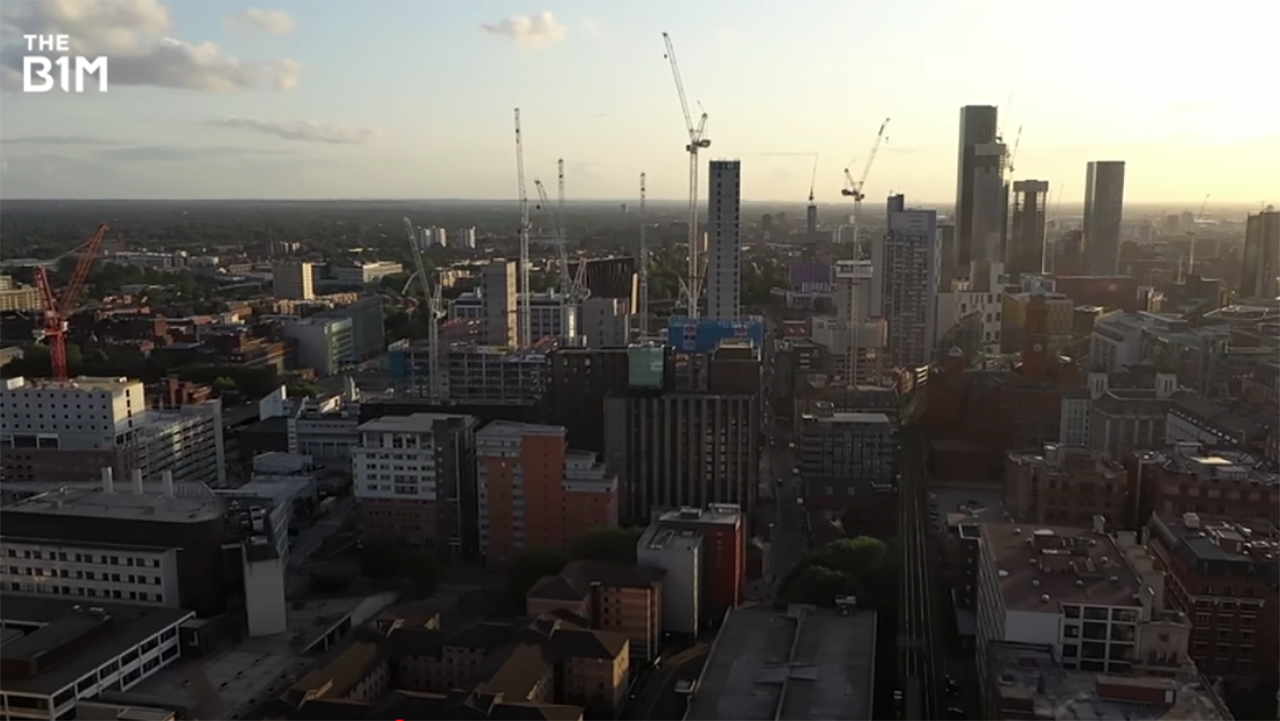
Above: The rebuilding of a large part of the city centre in the wake of an IRA bombing in 1996 catalysed development.
“I think the City Council sort of changed from a view of protecting the old industries which were in decline to being a lot more forward-thinking and progressive in trying to attract new business and new technologies to come in. And they've been very successful at doing that,” remarks Julian Cobourne, Aviva Investors’ senior asset manager.
“People call it the ‘Manchester Miracle’ of changing a city which was really in decline to something which is really booming and is progressive today.”
“In the industrial era, coal might have been your most important resource,” notes Urwin. “Today it's talent, and Manchester has a lot of that, thanks to its four universities and the fact that there are 100,000 students in the city.”
Manchester is now the fastest growing tech hub in Europe, and one of the most rapidly expanding cities on the continent.
Around 100,000 more residents are expected to relocate to the city centre by 2025, while another 65,000 jobs are expected by 2036.
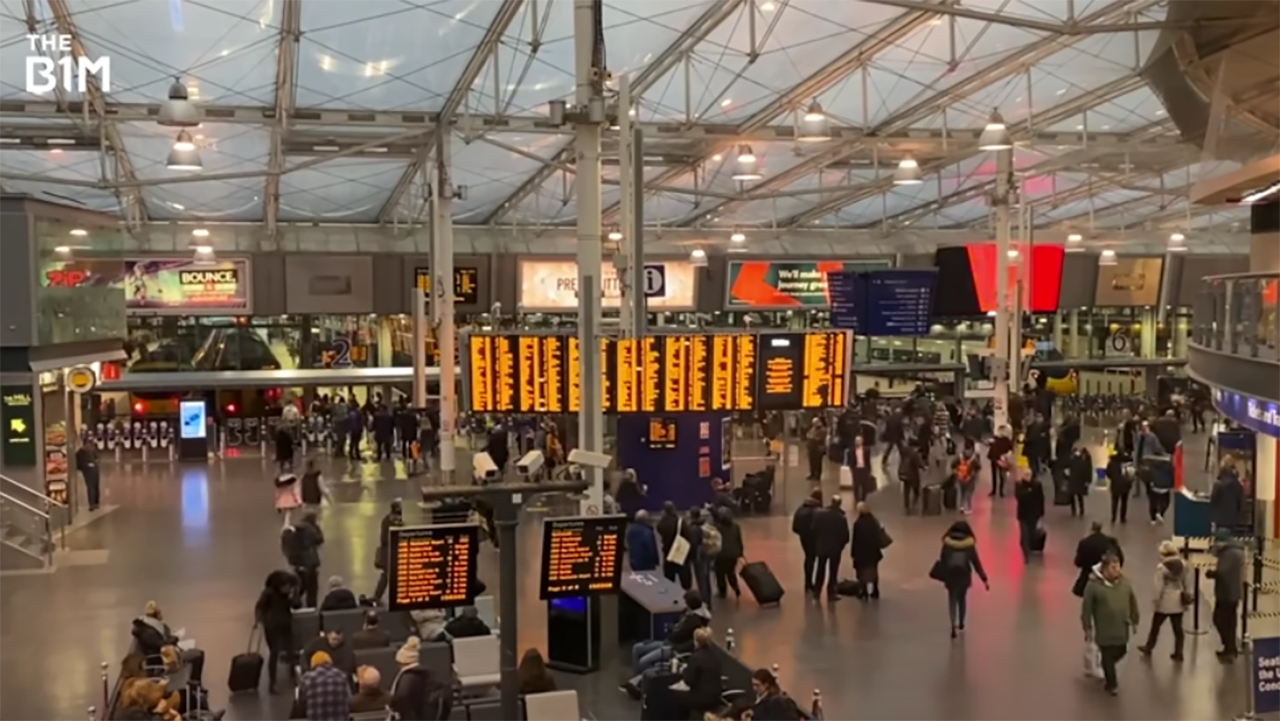
Above: A £1BN overhaul of the airport is underway and Manchester Piccadilly (pictured) will play a key role in the HS2 high-speed rail project and the proposed Northern Powerhouse Rail scheme.
The £3.5BN recently invested into the city’s media and digital industries is higher than anywhere else on the continent - but this is just the start of the city’s creative reformation.
An entire new district is now being reimagined as a global creative cluster.
Here, Manchester’s burgeoning tech and media movement can gather, share ideas and develop as a like-minded community.
“Enterprise City is a new quarter for Manchester based around media, tech and creative industries. It's a place where people are going to work, they're going to live, and there is going to be a cultural element to Enterprise City as well,” explains Cobourne.
“It will include a new venue called The Factory - the new home for the Manchester International Festival and a venue for 7,000 visitors. So that together with great place-making within the public realm will provide a new cultural base for Manchester.”
Based in the heart of the St John’s neighbourhood and rising on a site with a long history of media production, Enterprise City is the business element of the new development.
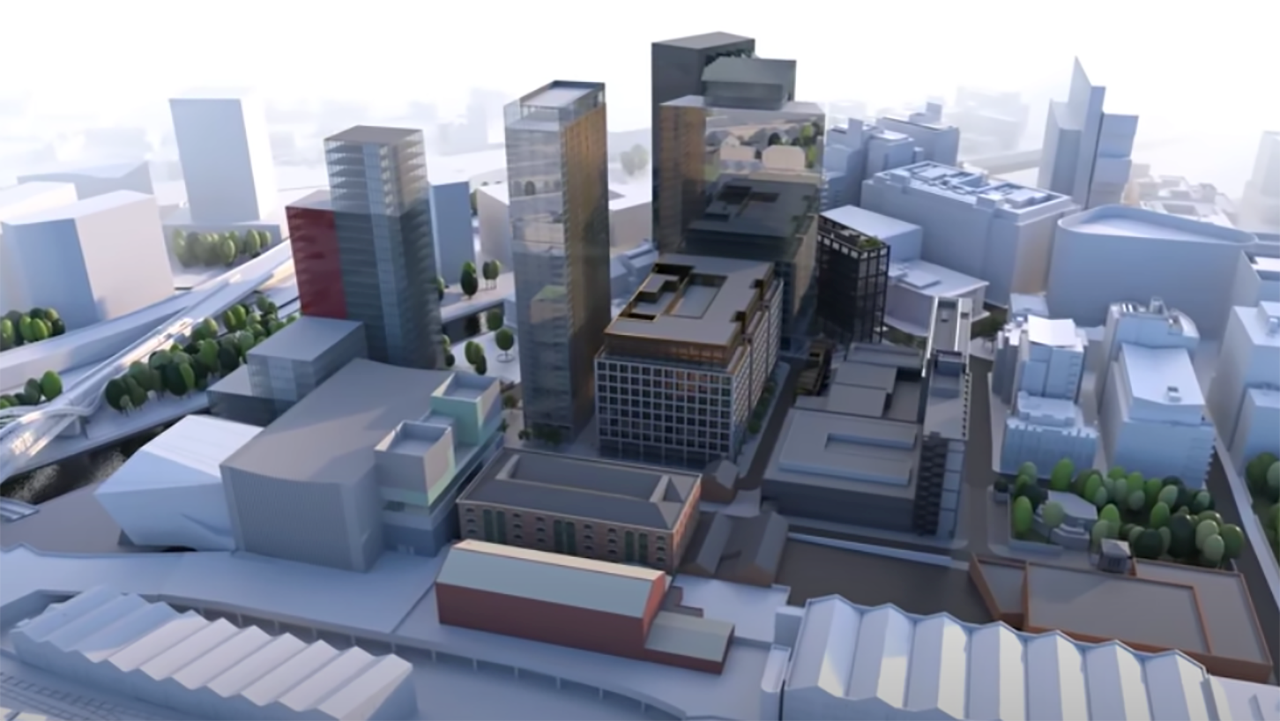
Above: The scheme is being conceived and led by Allied London, with long-term funding and ownership of the first commercial buildings provided by Aviva Investors. Image courtesy of Allied London.
The evolution of this district will see state-of-the-art new structures rise alongside rehabilitated heritage buildings, including the former Granada Studios - an iconic TV set that was once home to the world’s longest-running serial TV drama, Coronation Street.
The £60 million Old Granada Studios project will include nine floors of bespoke workplaces, a 200-room hotel, retail units, a 370-square-metre rooftop extension and a series of readapted TV and film studios.
Consisting of four interlinked blocks connected by a series of bridges to encourage connectivity between companies, the Manchester Goods Yard is a New York-inspired warehouse concept that will set a new standard in flexible workspace.
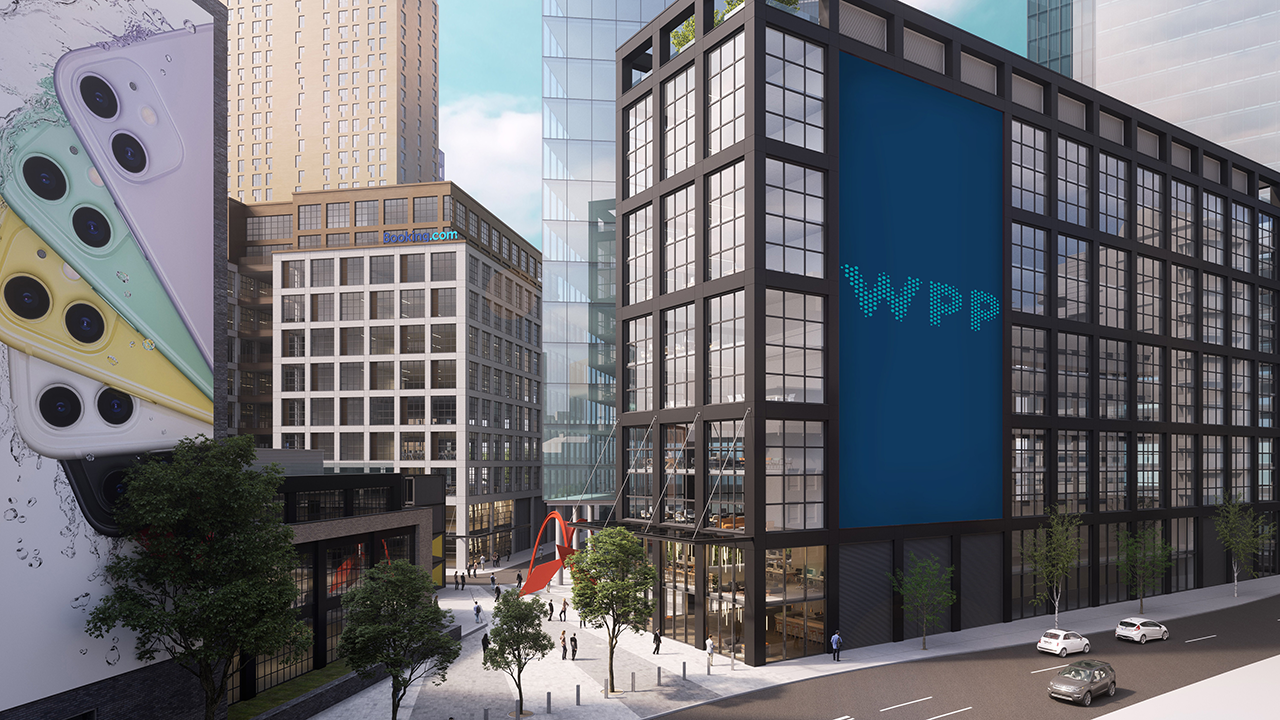
Above: Enterprise City has already confirmed tech giant Booking.com as a key tenant of Manchester Goods Yard, with media conglomerate WPP set to occupy the adjacent Globe & Simpson building. Image courtesy of Allied London.
Another key component is the ABC Buildings. Featuring a contemporary take on 1960s brutalist architecture - and embodying the revolutionary design ethos of that time - this complex provides over 9,000 square metres of workspace for media and tech businesses, alongside a boutique cinema and retail units.
First constructed in the 19th century, the Bonded Warehouse was once a busy terminus that connected Manchester with nearby Liverpool.
Today, the structure is being carefully reborn as an enterprise hub for small to medium-sized businesses.
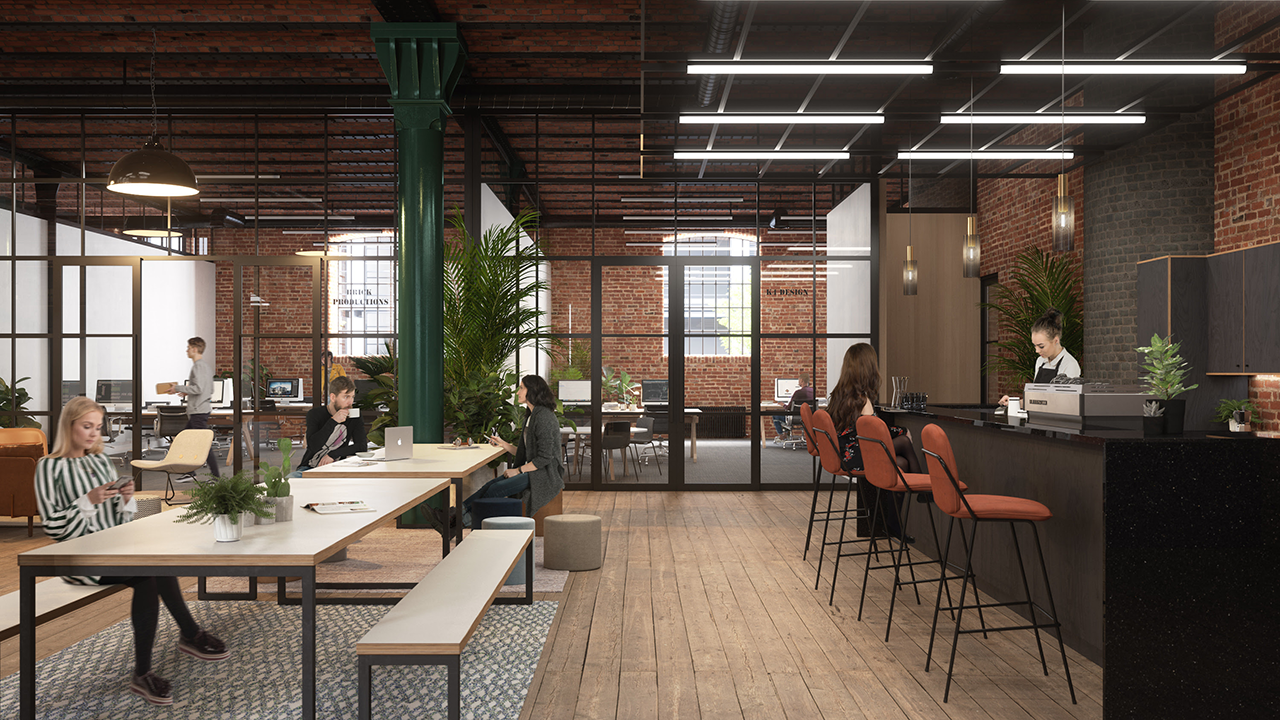
Above: The Bonded Warehouse will offer work, studio, retail and event space across six levels. Image courtesy of Allied London.
“Enterprise City can play a role in the next stage of Manchester's economic development,” predicts Urwin. “It will help the city foster those clusters in the creative media and tech sectors, and the larger those clusters get, the more productive they will be and the more employment they will create.
“And those employment benefits will penetrate outside of the city to the wider northwest, helping to reinforce Manchester's position as the capital of the north.”
Cobourne adds: "I think it will help the region on a variety of bases in terms of city employment, city wealth, etc. Creating a district that can really house those people and be really tailored towards that industry will only encourage more occupiers to either start or even to come to Manchester, or new start-ups to choose Manchester as their base.
“It's a big-scale project, and if you work in real estate, being involved in a project such as this is what gets you out of bed in the morning. So, I'm incredibly proud of where we've got to today.”

Above and Below: Aviva Investors' Chris Urwin and Julian Cobourne.
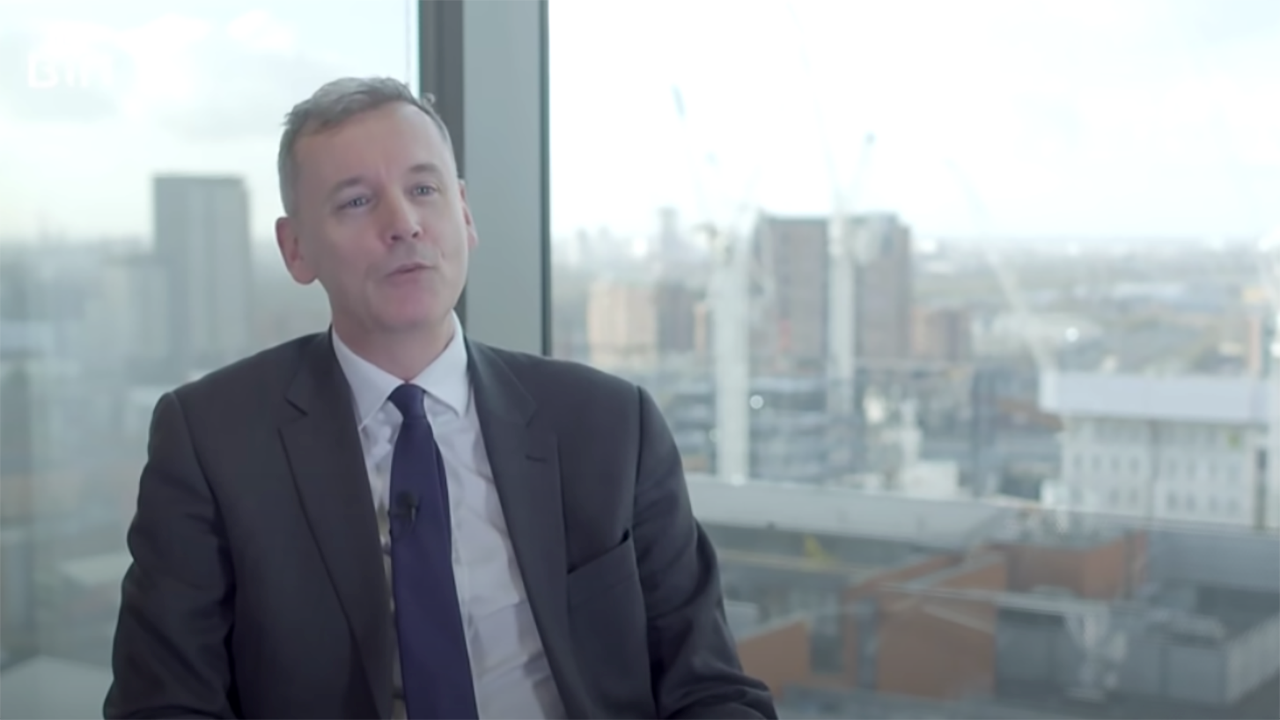
The pain of de-industrialisation is still being acutely felt in cities around the world - destroying livelihoods and shattering communities while having a profound impact on global politics and economic policy decisions.
But with developments like Enterprise City, Manchester is bucking the trend, emerging as a powerful case study for other centres and proving the importance of adaptability.
What was once a leading industrial powerhouse has now been reinvented into a dominant creative hub - a city whose prominence on the world stage has endured, and that arguably carries more weight today than at any time before.
See what makes Manchester a city of the future in these five charts from Aviva Investors.
Narrated by Fred Mills. Additional footage and images courtesy of Allied London, Google Earth, HS2, Laing O' Rourke, Levitt Bernstein, Lewis Clarke
CC BY-SA 2.0, MAG TV, OMA, Pit-yackerCC BY 2.5, POPtravel, Ronald SaundersCC BY-SA 2.0 and Stalwart Productions.
Our thanks to Aviva Investors, Allied London, Chris Urwin and Julian Cobourne.
We welcome you sharing our content to inspire others, but please be nice and play by our rules.








